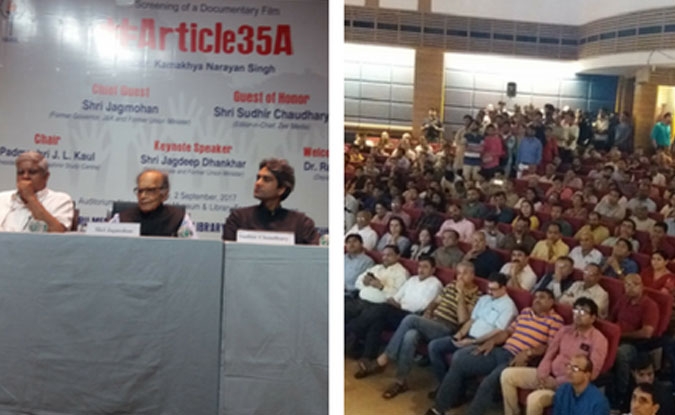Article 35A still has exceptional resonance in J&K
Total Views |
Article 35A still has exceptional resonance in J&K … land alienation and cultural identities are intertwined
Article 35A of the Constitution empowers J&K’s legislature to define “permanent residents” of the state and provide special rights and privileges to them.

In 1947, J&K was the only princely state which had a Muslim majority, was ruled by a Hindu king and had contiguous borders with both India and (what would become) Pakistan. According to the letter and spirit of the British Partition plan, it could have stayed with India or become part of Pakistan. When Pakistan sponsored tribal forces attacked Kashmir, the Maharajah acceded to India in October 1947 and handed over the interim administration to Sheikh Abdullah.
Given that the state itself was a product of unique historical circumstances and was, in many ways, culturally unique, Article 370 and Article 35A were introduced in the Constitution of India to give J&K considerable political autonomy and give its residents special rights.
Do events of that era still matter to today’s Kashmir Valley?
Article 35A still has exceptional resonance in the state. The special rights given to the residents of the Valley were introduced during the Maharajah’s rule (especially on the plea of the Jammu Dogras and Kashmiri Pandits) in 1927, to prevent land alienation and to ensure that jobs in public services were not taken away by non-residents from the plains of Punjab. This concern is of great validity even today.
J&K is hardly unique in providing special rights to residents. Himachal Pradesh and most of the north-east states have laws that prevent outsiders from buying land or property in these states. Every nuanced anthropological study has recognised that land alienation and cultural identities are intertwined: you take away the former, you destroy the latter.


